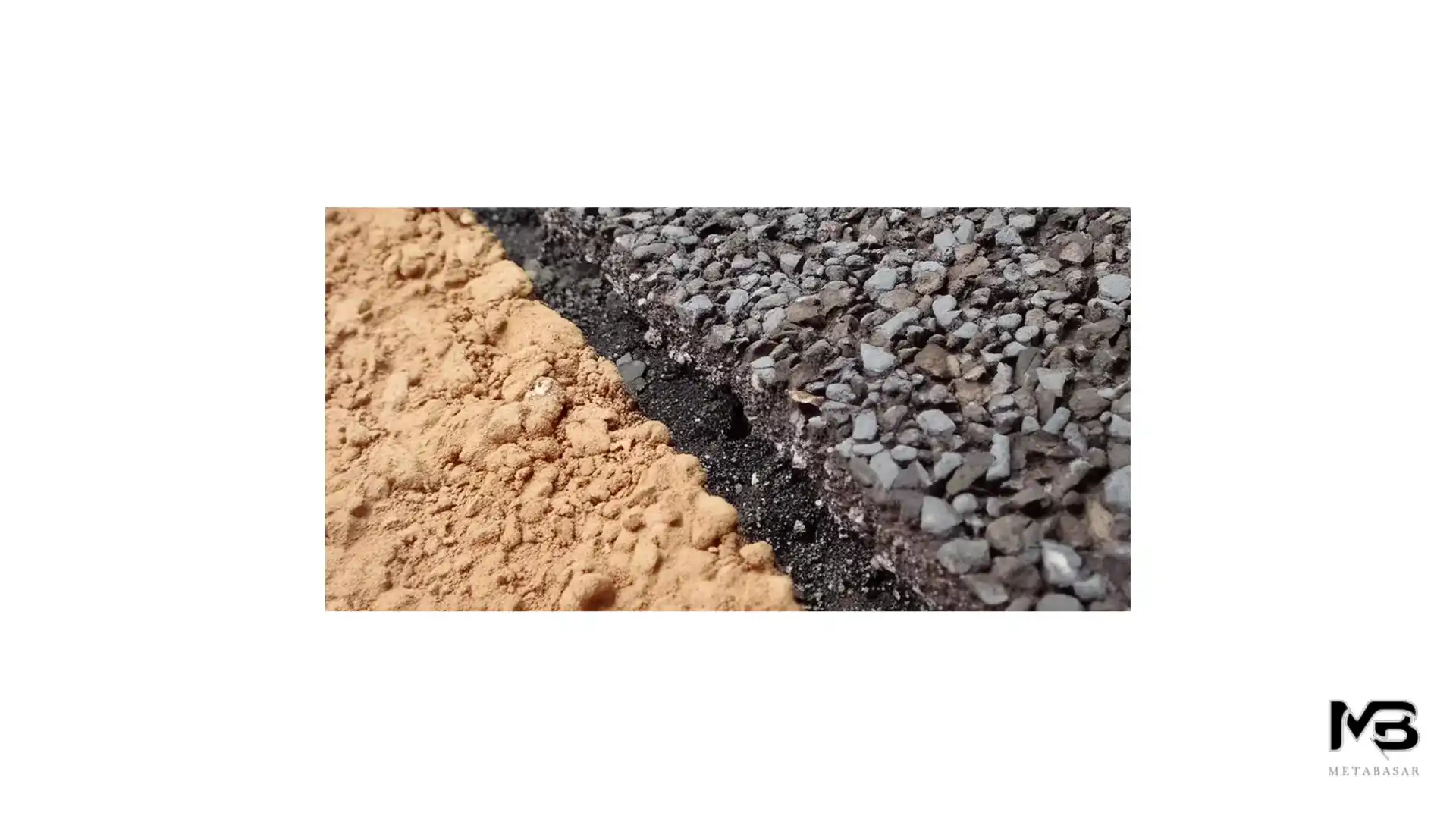Table of Content
- 1 Key Highlights
- 2 Introduction
- 3 Understanding Asphalt Base Course
- 4 Types of Asphalt Base Courses Used in Germany
- 5 Installation Best Practices for Asphalt Base Course
- 6 Conclusion
- 7 Frequently Asked Questions
- 7.1 What are the benefits of using an asphalt base course over other materials?
- 7.2 How does weather in Germany affect the installation of asphalt base course?
- 7.3 What is an asphalt base course and what is its purpose in road construction?
- 7.4 How thick should the asphalt base course be for optimal performance?
- 7.5 What are some common materials used in the construction of an asphalt base course?
Key Highlights
- A base course made of asphalt is a key part of pavement structure. It gives strong support and a smooth surface for the layers on top.
- This layer increases the durability of the pavement and makes it last longer. It helps to reduce the need for regular repairs.
- Asphalt base courses are created from aggregates and asphalt binder. They are mixed and compacted to have the right qualities.
- These courses are better than untreated aggregate bases because they spread out loads and resist water damage.
- There are different types of asphalt base courses. Each one is made for specific project needs and traffic situations.
Introduction
An asphalt base course is an important part of the whole pavement structure. It serves as a load-bearing layer. This layer helps support the weight of traffic and spreads it out evenly to the subgrade below. The base course is usually placed on top of the subbase and under the asphalt surface, or wearing course. A well-made asphalt base course greatly improves the durability and stability of the road surface, making it perform better.
Understanding Asphalt Base Course
The base course is very important for the design of a pavement. It sits between the subbase and the layers above. The base course is made mostly of crushed aggregate mixed with asphalt binder. The crushed aggregate gives strength and can handle heavy loads. The asphalt binder acts like glue, keeping the aggregate pieces together.
This mix creates a strong layer that can handle the pressure from traffic. Choosing the right type of aggregate and the amount of asphalt binder is key. This will help us get the performance we want from the base course.
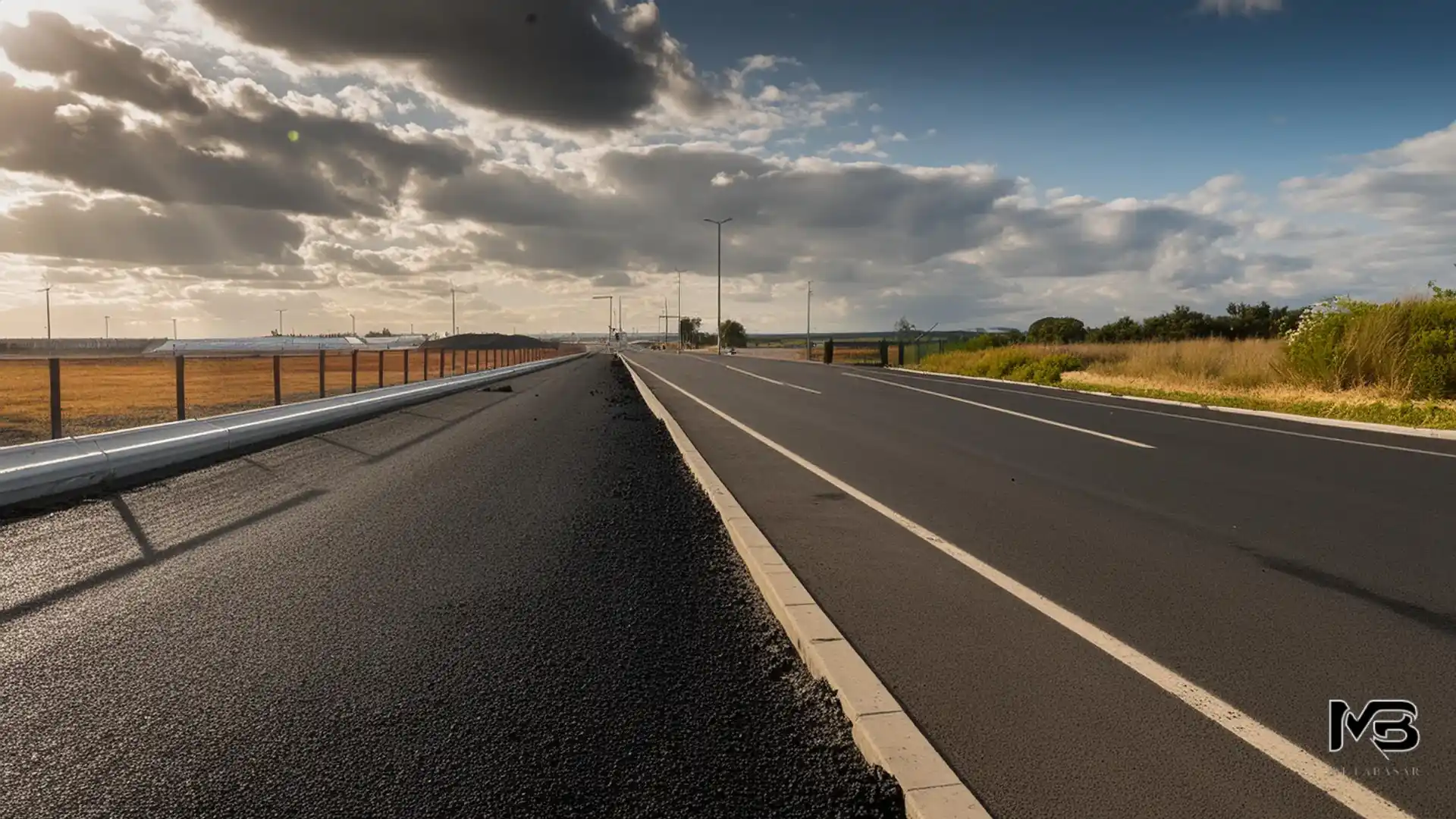
The Role of Base Course in Pavement Structure
In a typical pavement structure, the base course is located above the subgrade and below the wearing course, which is the surface layer. The main job of the base course is to support the pavement. It helps spread the weight from traffic evenly to the layers underneath. This stops the subgrade from getting damaged, avoiding cracks, ruts, and other issues with the pavement.
Also, an aggregate base helps with drainage. It lets water move through and drain away, stopping it from building up in the pavement structure. This is very important in areas that get a lot of rain or have freezing temperatures. Too much water can weaken the pavement over time.
Basically, the base course is very important in the pavement structure. It helps the entire road surface last longer and perform better. Its role in spreading loads, improving drainage, and providing a stable foundation is essential for creating a strong and durable road.
Key Properties of an Effective Asphalt Base Course
A good asphalt base course has important properties that help it work well:
- Load-Bearing Capacity: It needs to be strong enough to hold the weight of traffic, especially from heavy vehicles. This helps keep the pavement stable and flat over time.
- Durability: The asphalt mixture should be tough and able to resist damage from weather and traffic. This makes the base course last longer and means less work for maintenance and repairs.
- Smoothness: The base course should be smooth and even. This creates a stable foundation for the binder course and other pavement layers. A smooth surface improves the ride for vehicles and helps the wearing course last longer.
Types of Asphalt Base Courses Used in Germany
Germany is known for its great roads. They use different types of asphalt base courses. Each type is made for specific project needs and traffic levels. The choice of the base course depends on traffic load, soil condition, and weather.
Two common types are traditional Hot Mix Asphalt (HMA) base courses and Full-Depth Asphalt base courses. These options are different in their makeup, how they are put down, and how they perform. This makes them good for many uses.
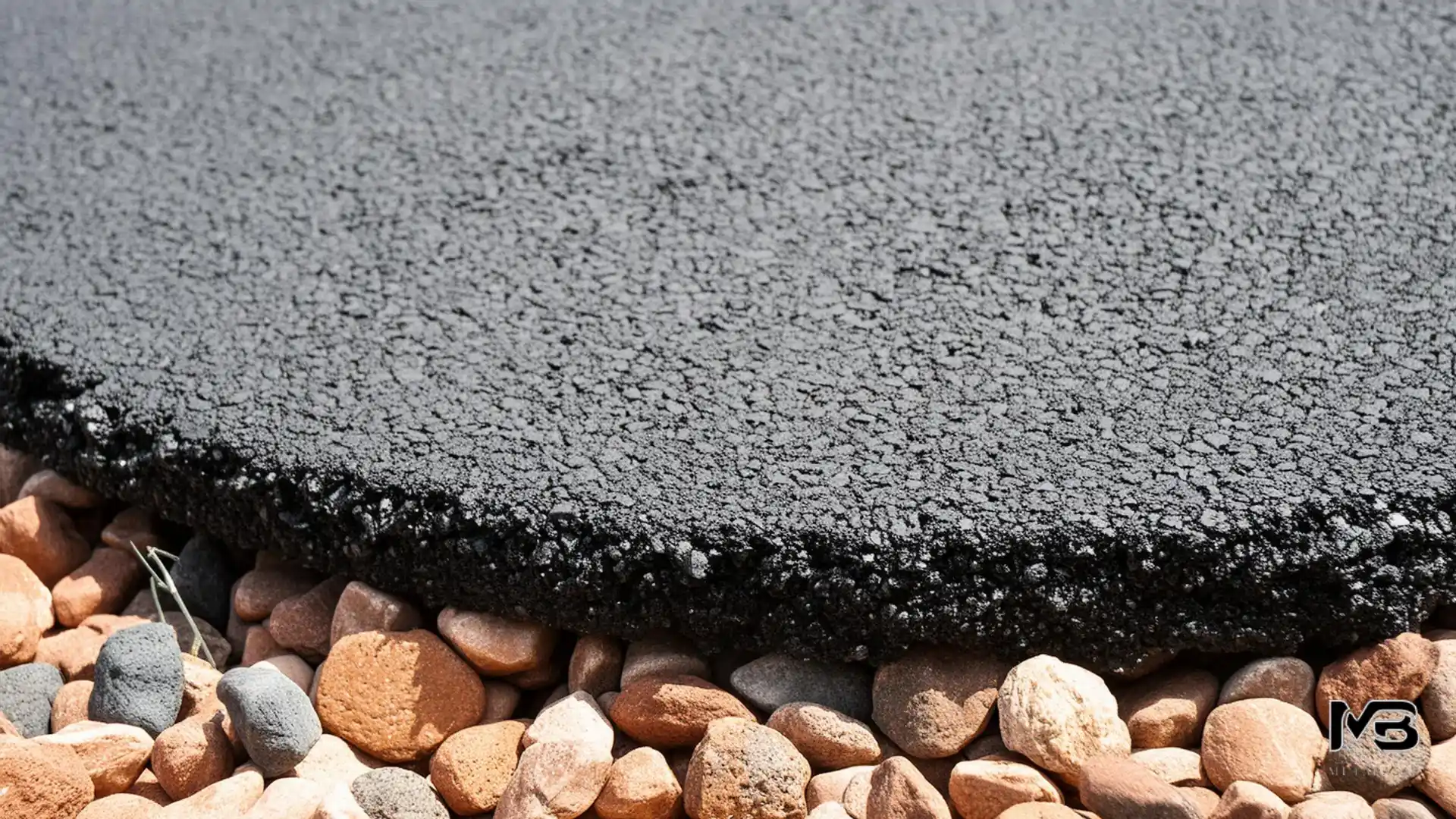
Traditional Hot Mix Asphalt Base Course
Hot Mix Asphalt (HMA) base courses are created by mixing aggregates and asphalt binder at high temperatures. After mixing, the hot mixture is taken to the project site. It is then laid down and compacted while it is still hot. This process helps to ensure good compaction and a strong bond between the aggregates and the binder.
HMA base courses have great load-bearing strength, which makes them ideal for busy roads and highways. The heated asphalt binder properly coats the aggregates, creating a layer that is both durable and resistant to moisture. However, using heat means that special equipment and skilled workers are needed, which can raise the costs of paving operations.
Even though the initial cost is higher, many in Germany choose HMA base courses. This is because they provide long-lasting benefits and great performance for important road infrastructure.
Full-Depth Asphalt Base Courses
Full-Depth Asphalt (FDA) base courses are different from traditional HMA base courses. They do not need a separate aggregate base layer. Instead, a thicker layer of asphalt mixture acts as both the base and binder course. This makes the design simpler and reduces the time needed for construction.
FDA base courses are best for places with strong subgrade conditions and moderate traffic. They can lower material costs and speed up construction by removing the extra base layer. However, they might not be suitable for areas with heavy traffic or heavy-duty use, which may need special design changes.
Choosing between HMA and FDA base courses involves many factors. These include the project budget, expected traffic, and the condition of the subgrade. It’s important to talk with skilled pavement engineers to find the best option.
Installation Best Practices for Asphalt Base Course
Proper installation is very important to get the best performance and longest life from any asphalt base course. It requires careful attention to detail at every step, starting with preparing the subgrade and making sure of good compaction.
Here are some key best practices to follow for a successful asphalt base course installation. If you stick to these tips, you can help stop pavement problems from happening early, save on maintenance costs, and create a smooth, long-lasting road surface.
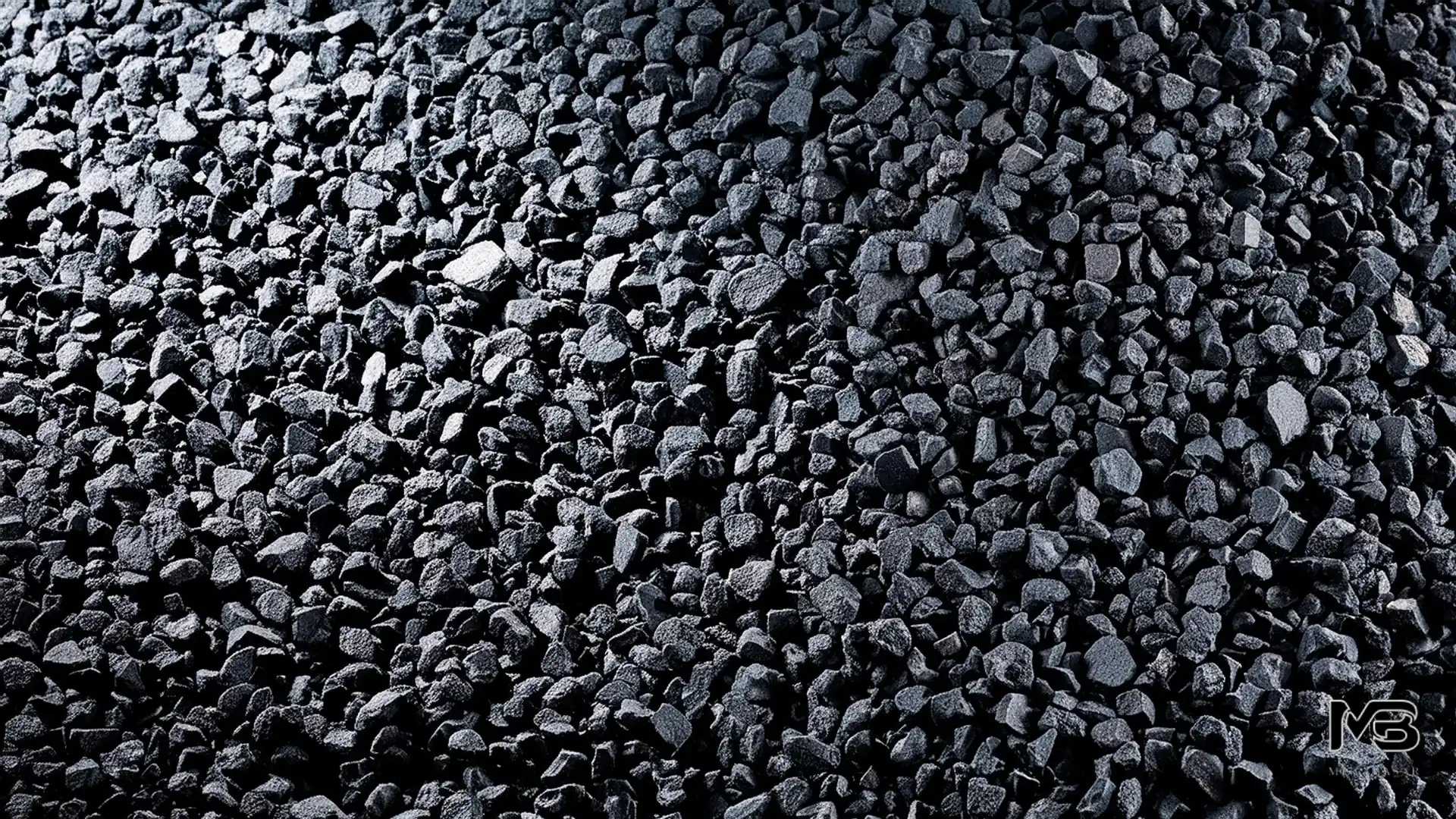
Preparing the Subgrade and Subbase Layers
Before putting down the asphalt base course, it is important to have a strong foundation. This starts with getting the subgrade ready. The subgrade is the soil layer under the pavement structure. It must be compacted well to stop it from settling and to provide even support.
Then, we add the subbase layer. This layer is usually made of materials like crushed rock or gravel. It gives extra support to the base course and helps with drainage. It is very important to have the right density and moisture content in the subbase for it to last a long time.
If you find any soft spots or areas that drain poorly while prepping the subgrade and subbase, you need to fix those before moving on. Taking care of these problems early will help you save time and money later.
Tips for Achieving Optimal Compaction and Thickness
Compaction is important to get the right density and strength for the asphalt base course. Good compaction removes air voids. It also helps the aggregate particles lock together. This creates a strong and stable layer. We must control the compaction effort carefully. This way we can reach the target density without breaking the aggregates.
The thickness of the asphalt base course is also key for how well it performs. The thickness relies on things like expected traffic loads and how strong the subgrade is. It also depends on the type of asphalt mixture. If the thickness is not enough, it can lead to early failures. On the other hand, too much thickness is not cost-effective.
The nominal maximum aggregate size and the amount of fine aggregate in the asphalt mixture affect how we compact it. To get the best compaction, we need to use the right types of rollers, lift thicknesses, and rolling patterns. This ensures that the base course is durable and performs well.
Conclusion
In conclusion, it is important to understand how an effective asphalt base course helps keep pavement strong and lasting. You should focus on good installation practices. This includes preparing the subgrade well and getting the right level of compaction. Doing this can improve the asphalt base course’s performance and strength. Choosing the right type, whether it is traditional hot mix asphalt or full-depth courses, is key for handling different weather conditions, like those in Germany. If you follow best practices and pick the right materials, you can build a strong foundation. This will help improve the quality and durability of road construction projects.
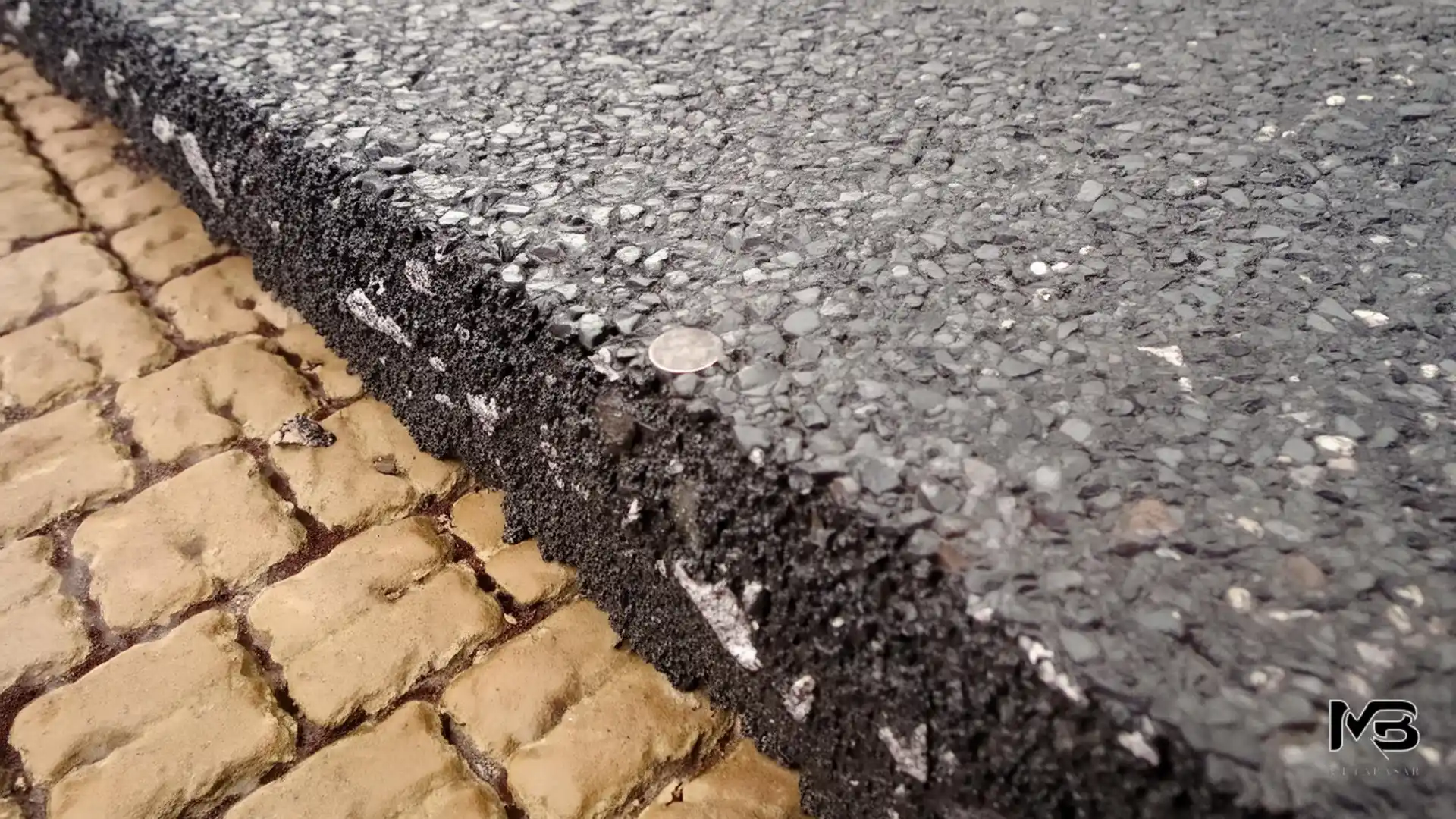
Frequently Asked Questions
What are the benefits of using an asphalt base course over other materials?
An asphalt base course is made from asphalt and crushed aggregate. This combination provides strong support and lasts longer than other materials. The asphalt binder holds the aggregates together. It creates a water-resistant layer that helps prevent deformation and increases the life of the pavement.
How does weather in Germany affect the installation of asphalt base course?
Weather conditions can greatly affect paving operations. Cold temperatures can change how well asphalt mixes work. Rain can mess with compaction and make the curing time of the bitumen longer. This means you may need to change installation schedules and methods.
What is an asphalt base course and what is its purpose in road construction?
The base course is an important layer in asphalt pavement. It gives structural support and a stable foundation for the wearing course, which is the surface layer. This base course helps spread traffic loads to the subgrade. It prevents deformation and helps keep the road surface strong and lasting.
How thick should the asphalt base course be for optimal performance?
The right thickness for the base course depends on the structural design. This includes factors like the amount of traffic, especially from heavy vehicles. It also takes into account the strength of the subgrade and the type and thickness of the other pavement layers, including the binder course.
What are some common materials used in the construction of an asphalt base course?
Common materials for asphalt base courses are crushed aggregate, like crushed stone or gravel, along with a binder, usually asphalt. These materials are chosen and mixed to prevent fines infiltration, improve stability, and provide a strong base for the pavement.

